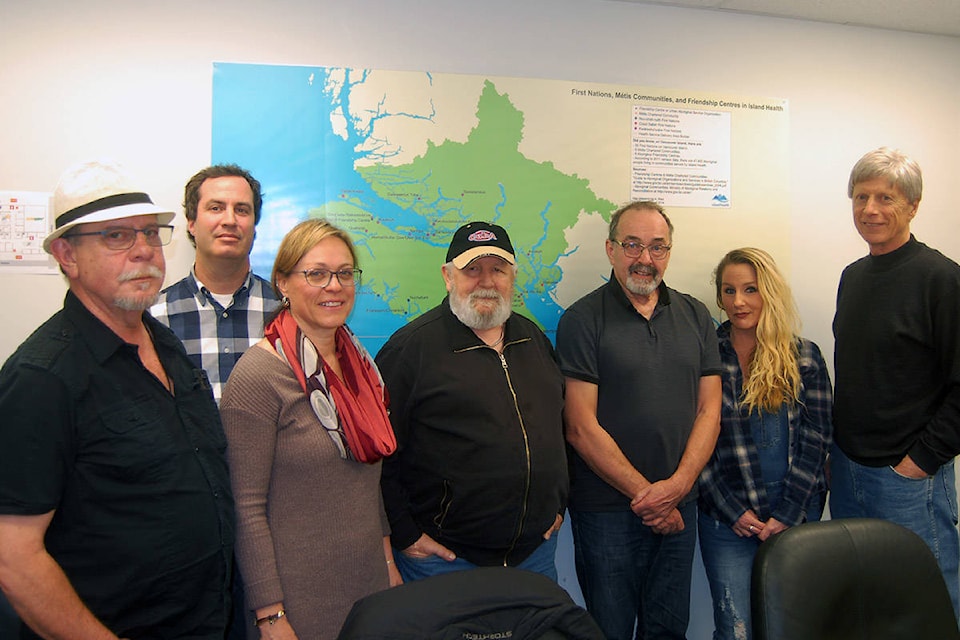A group that’s fighting the overdose crisis in Campbell River is trying to understand the root causes of drug use among local residents.
The Community Action Team, or CAT, which brings together officials from a wide range of groups, is launching a draft report about factors driving substance use on Thursday.
Members of the community are invited to take part in a public meeting to discuss the findings, said Allan Campbell, Campbell River’s CAT coordinator.
“We wanted to put all the pieces together, to tell the story and be able to share that back with the community,” Campbell said.
Last year, the province announced that 18 of the communities hit hardest by the overdose crisis – including Campbell River – would receive funding to set up groups known as CATs to deal with the fallout of the crisis.
In Campbell River, the $100,000 in funding was earmarked to create a mobile harm reduction team – which supports people who use drugs at home – to hire a CAT coordinator and to produce a report examining the causes of local drug use, including historical roots.
VIDEO: Mobile harm reduction team on the road to fight overdose crisis in Campbell River
Members of the CAT leadership team include Danielle Daigle, a Campbell River resident who works as a nurse practitioner. That line of work puts her in contact with many people with drug addictions, she said.
She felt strongly about the need to understand what leads people into using substances that are increasingly deadly.
“Our drug supply is contaminated, and it’s dangerous, and it’s killing people,” she said. “If we can get a better understanding of why people are using drugs, and addicted to drugs, we might have a chance of reducing opiate-related deaths.”
Last year, there were 29 illicit drug overdose deaths on the North Island, according to the BC Coroners Service. That’s down from a peak of 38 fatalities in 2017, but still several times higher than before the onset of the opioid crisis.
Daigle said she hopes the report will create dialogue “so that it’s something that we start talking about, rather than something we sweep under the carpet.”
READ MORE: Reversing overdoses, saving lives: How a Campbell River group prevents fatalities
Research for the report involved interviews with current and former drug users, along with officials from groups including First Nations, the RCMP, Island Health and industry, Campbell said. The research also involved focus groups with people including those working in harm reduction and medicine.
The meeting on Thursday will involve a presentation of the findings, a question and answer period, along with discussions that will be integrated into the final report.
“We will be writing people’s suggestions down for finalizing this report,” Daigle said. “I think it’s important that the community owns this report.”
The event on Thursday is a regular meeting of the CAT, but it’s open to anyone from the community. In particular, people who use substances – or know people who do – are invited to attend, organizers said.
The Community Report and Engagement Event takes place on Thursday, April 18 from 3 p.m. to 6 p.m. at the Maritime Heritage Centre’s Thulin Room. Light dinner will be served.
